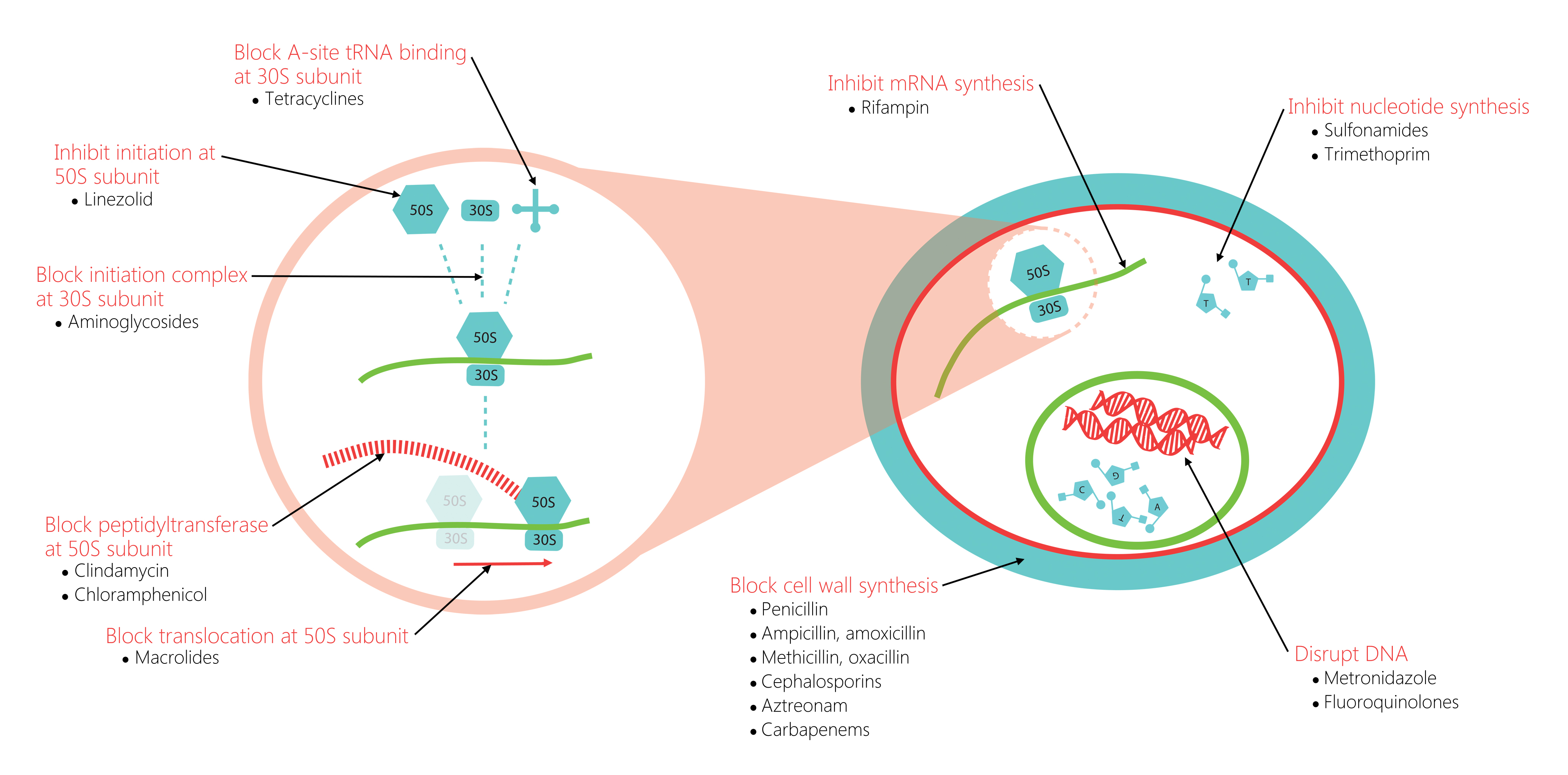WBR0046
Jump to navigation
Jump to search
| Author | [[PageAuthor::William J Gibson (Reviewed by Rim Halaby, M.D. [1] and Yazan Daaboul)]] |
|---|---|
| Exam Type | ExamType::USMLE Step 1 |
| Main Category | MainCategory::Pharmacology |
| Sub Category | SubCategory::Pulmonology |
| Prompt | [[Prompt::A 27-year-old man presents to his primary care physician with complaints of a stubborn cough, dyspnea, and chills over the past week. Although he reports his symptoms are gradually worsening, he reassures that his condition is "not so bad". His past medical history is significant for an appendectomy when he was 13. He smokes one pack of cigarettes each day for the past 5 years. He denies any allergies or use of daily medications. His blood pressure is 112/82 mmHg, heart rate is 72/min, temperature is 101 °F (38.3 °C), respiratory rate is 24/min, and oxygen saturation is 92% on room air. Physical examination is remarkable for the presence of diffuse crackles over both lung fields. Chest xray reveals diffuse interstitial infiltrates over both lung fields with no focal consolidation. Which of the following is the most appropriate treatment for this patient's condition?]] |
| Answer A | AnswerA::Chloramphenicol |
| Answer A Explanation | [[AnswerAExp::Chloramphenicol is not the drug of choice for Mycoplasma pneumoniae infection.]] |
| Answer B | AnswerB::Trimethoprim-Sulfamethoxazole |
| Answer B Explanation | [[AnswerBExp::Trimethoprim-Sulfamethoxazole (TMP-SMX) is not the drug of choice for Mycoplasma infection. TMP-SMX is often used for simple UTI and Pneumocystis jirovecii infection in HIV-positive patients. TMP-SMX may also be used as prophylaxis for Pneumocystis jirovecii and Toxoplasma gondii in HIV-positive patients.]] |
| Answer C | AnswerC::Azithromycin |
| Answer C Explanation | [[AnswerCExp::Azithromycin is the optimal drug of choice to treat Mycoplasma pneumoniae infection.]] |
| Answer D | AnswerD::Penicillin |
| Answer D Explanation | [[AnswerDExp::Penicillin is ineffective against Mycoplasma pneumoniae infections because the organism lacks a peptidoglycan cell wall.]] |
| Answer E | AnswerE::Aztreonam |
| Answer E Explanation | [[AnswerEExp::Aztreonam, a beta-lactam antibiotic resistant to beta-lactamases, is ineffective against Mycoplasma pneumoniae infections because the organism lacks a peptidoglycan cell wall.]] |
| Right Answer | RightAnswer::C |
| Explanation | [[Explanation::Atypical pneumonia is a lower respiratory tract infection which often causes non-specific symptoms such as fever, headache, and myalgia. Atypical pneumonia differs from typical pneumonia in that atypical pneumonias often does not respond to common antibiotics (eg sulfonamides, or beta-lactams), does not show signs of consolidation, and does not exhibit leukocytosis. On chest xray, patients often have diffuse interstitial infiltrates which falsely convey the appearance of a more severe infection. Because patients often have mild symptoms, atypical pneumonia is alternatively referred to as “walking pneumonia".
Atypical pneumonia is most often caused by Mycoplasma pneumoniae, which usually infects older children and young adults less than 30 years of age. Mycoplasma pneumoniae can be treated with macrolides (eg azithromycin) or tetracyclines. |
| Approved | Approved::Yes |
| Keyword | WBRKeyword::Microbiology, WBRKeyword::Mycoplasma, WBRKeyword::Bacteria, WBRKeyword::Pneumonia, WBRKeyword::Infection, WBRKeyword::Antibiotics, WBRKeyword::Drug, WBRKeyword::Drugs, WBRKeyword::Pharmacology, WBRKeyword::Atypical pneumonia |
| Linked Question | Linked:: |
| Order in Linked Questions | LinkedOrder:: |
